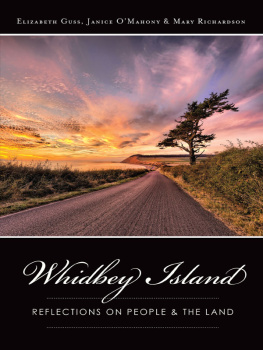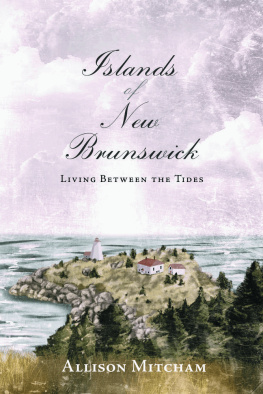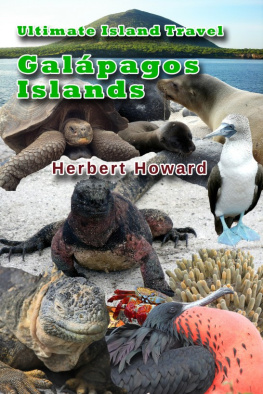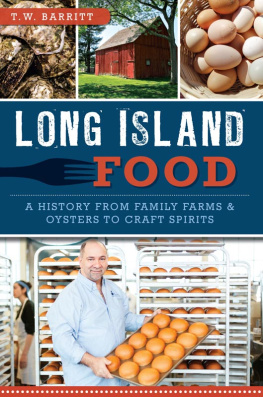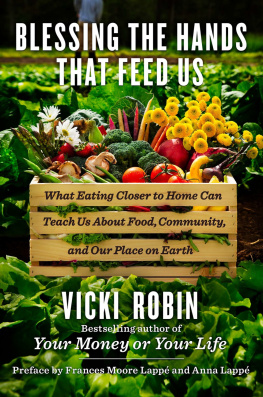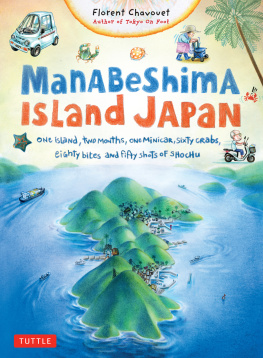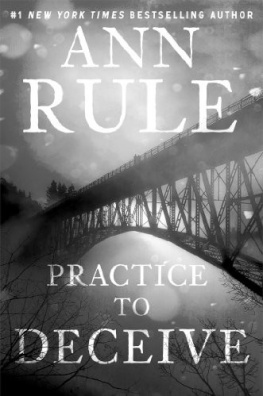
ADVANCE PRAISE FOR WHIDBEY ISLAND
When you look carefully, the land speaks to you. You hear how people have chosen to care for it. This book tells the stories of Whidbey Island residents who never expected to become activists, but who saw harm to the land and were inspired to fight to conserve it.
Estella Leopold, botanist, paleontologist, naturalist and professor emeritus of Biology at the University of Washington
Who should read this book? Everyone who cares about conserving the land for future generations. This book tells the compelling stories of individuals who decided to make a difference. You can view Whidbey Islands history as a microcosm of successes and failures in land conservation.
Christine Gregoire, governor, State of Washington, 20052013
Whidbey Island: a microcosm in the Salish Sea. Land-use history here holds lessons from the past and present about the actions of individuals and the community to preserve and sustain the islands habitats and landscapes. These stories will inform and inspire readers, deepening our awareness of the paths other islanders have created for us to follow.
Dyanne Sheldon, restoration ecologist
Published by The History Press
Charleston, SC 29403
www.historypress.net
Copyright 2014 by Elizabeth Guss, Janice OMahony and Mary Richardson
All rights reserved
Front cover: Ebeys Bluff in the Ebeys Landing National Historic Reserve. Courtesy of M. Denis Hill/Whidbey Panoramas.
First published 2014
e-book edition 2014
ISBN 978.1.62584.761.4
Library of Congress Cataloging-in-Publication Data
Guss, Elizabeth.
Whidbey Island : reflections on people and the land / Elizabeth Guss, Janice OMahony and Mary Richardson.
pages cm
Includes index.
print edition ISBN 978-1-62619-277-5
1. Whidbey Island (Wash.)--History. 2. Whidbey Island (Wash.)--Biography. I. OMahony, Janice. II. Richardson, Mary, active 2014. III. Title.
F897.I7G87 2014
979.775--dc23
2014018004
Notice: The information in this book is true and complete to the best of our knowledge. It is offered without guarantee on the part of the authors or The History Press. The authors and The History Press disclaim all liability in connection with the use of this book.
All rights reserved. No part of this book may be reproduced or transmitted in any form whatsoever without prior written permission from the publisher except in the case of brief quotations embodied in critical articles and reviews.
Contents
PREFACE
Harry and His Trees
On Glacier Peak along the Suiattle River Basin of Washingtons North Cascade Mountains, teenager Harry Case walked through a ruined forest. It was an ugly, exploited landscape. Years later, he remembered those viciously clear-cut acres well: They were so wasteful back then, it was just butchered. The pieces they left behind were so big you couldnt even climb over them. I was so disgusted by that logging. I was going to get my own place so no one would ever log it like that.
Harry put his plan into action in 1946 when he was only eighteen years old. He bought a 176-acre second-growth forest about three miles west of Langley on Whidbey Island for $840 in a tax foreclosure sale and got down to work.
For the next forty years, Harry went to his day job as a trombonist for the Seattle Symphony and raised his family. But whenever he found time, he tended his land. Painstakingly and quietly, he made his stand against the kind of destruction he had witnessed all those years ago in another once thriving forest. He taught himself how to sustain and manage his wooded acres, doing most of the work himself along with the help of his draft horse, Toby. He thinned trees to give others room to growremoving dead, dying or deformed trees and planting hundreds of healthy new ones. In the process, he preserved animal habitat and wetlands. By 1956, he began selectively harvesting some of the trees so carefully and precisely that only he knows where all the stumps are.
After retiring from the symphony, he continued to work in the forest for twenty more years. Family and friends helped him tend a diverse, healthy and mature forest and to protect it from both ruinous logging and intense pressure from developers to turn it into thirty-five home sites. Today, it is brimming with Douglas fir, hemlock, alder and cedar, huckleberry, salal, mosses and fernsthe native flora typical of island conifer forests. It teems with animal and avian life, including hawks, owls, many species of birds, coyotes, deer, squirrels and rabbits. It is ecologically balanced, except for an overpopulation of deer resulting from a dearth of predators.

Harry Case, 2009. Courtesy of Whidbey Camano Land Trust and Cheryl Lowe.
In the early 2000s, Harry began to learn from his grandson Shawn, long his helper in the forest, about the disastrous effects of carbon dioxide on Earths atmosphere. Now with degrees in forestry and horticulture, Shawn knew some of this damage was clearly related to the destruction of the worlds forests. Harry determined then to preserve his own small forest as a way of mitigating, however modestly, the devastating consequences of forest degradation.
In 2009, after sixty-four years of study, dedication and hard work, octogenarian Harry donated a conservation easement on his forest to the Whidbey Camano Land Trust. His community raised money to cover the projects cost, demonstrating its own commitment to these woods and its support for a neighbor who had tended the forest prudently for so many years. The trust is permanently protecting the property, now valued at more than $1.5 million, from clear cutting and development. And the thriving forest finally got an official name: Harrys Forest Forever.
Whidbey Islands history is full of stories like Harrys. Many generations of residents and visitors have responded to its unique environment. Newcomers quickly fall in love, and longtime residents stay passionately connected. If pressed, people will remark about the beauty of the two mountain ranges shining on the eastern and western horizons, the gentle climate, the winding country roads, the quick access to salt water from almost anywhere and the lakes, forest and open prairies. They may mention the peace, the relaxed pace of life and how their neighbors can be so friendly while they actively value individual privacy. They talk about the communitys sophisticated arts and literary scenes, the local characters, the family-owned farms, the historic little towns and the bountiful marine resources. They tell of opportunities to make a fresh start or create a more graceful life. They describe how it feels to drive off the ferry and know that they have found their deepest and truest home.

Whidbey Islanders helping out with a work party at Harrys Forest Forever. Courtesy of Whidbey Camano Land Trust.

Whidbey Islanders and visitors rely on Washington State ferries. Private collection.
On Whidbey Island as in many places, some earlier actions taken in ignorance or greed caused environmental devastation and cascading damage that haunt us today. But many islanders have discovered in themselves deep and often unexpected instincts to preserve and protect this beautiful but mistreated land as Harry did in his forest.
Next page
